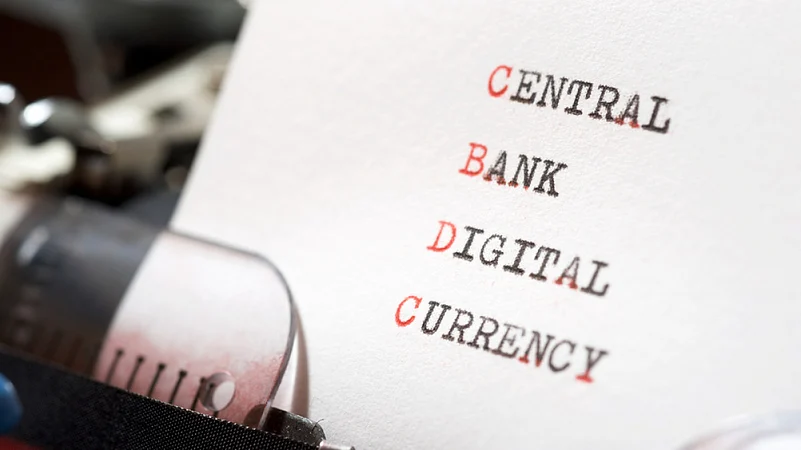The Reserve Bank of India (RBI) in its annual report revealed that during financial year 2021-22, there was an increase in the detection of fake or counterfeit notes.
The central bank also plans to bring a digital currency, which is expected to replace the Indian currency for digital transactions. While presenting Budget 2022, Finance Minister Nirmala Sitharaman said the digital rupee will be introduced using blockchain and other technologies will issue in 2022-23. RBI on Friday said it is looking at the pros and cons of the introduction of a virtual currency in the country and it will adopt a graded approach for launching the CBDC.
So, will the introduction of the Digital Rupee, the name given for the Central Bank Digital Currency (CBDC) in India, reduce the problem of fake notes circulation? Outlook Money caught up with a few experts to find out.
Fake Notes Menace
According to the RBI report, out of the total fake Indian currency notes (FICNs) in the banking sector, 6.9 per cent were detected at the Reserve Bank and 93.1 per cent at other banks. Moreover, the total expenditure incurred on security printing in FY22 was Rs 4,984.8 crore.
Further, compared to the previous year, there was an increase of 16.4 per cent, 16.5 per cent, 11.7 per cent, 101.9 per cent and 54.6 per cent in the counterfeit notes detected in the denominations of Rs 10, Rs 20, Rs 200, Rs 500 (new design) and Rs 2,000, respectively, according to the report.
Will Indian CBDC Reduce The Menace?
CBDC refers to the digital form of a country’s fiat currency, which is issued by the central bank of the country. Though it is in digital form, it can be exchanged with the fiat currency of the country.
"The Reserve Bank is engaged in the introduction of a central bank digital currency in India. The design of CBDC needs to be in conformity with the stated objectives of monetary policy, financial stability and efficient operations of currency and payment systems," it said in the report.
Aruna Sharma, a development economist, former secretary of the Ministry of Electronics and IT, and former member of an RBI committee, believes that CBDC, which is expected to be legal tender, will make a huge dent to “fake currency” circulation. However, she added that the CBDC is still at an experimental stage.

Most experts we spoke to believe that CBDC will be an innovation that will offer a greater degree of security, and impact financial institutions, and the currency in circulation.
“It will reduce lot of overheads and boost the economy through its efficient architecture and infrastructure. Importantly, we can track digital currency compared to paper currency, and it can help in reduction of fake currency and can bring about other money laundering-related challenges,” says Prasanna Lohar, vice-president-technology, DCB Bank.
The RBI’s annual report further said that the disposal of soiled bank notes increased by 88.4 per cent to 1,878.01 crore pieces during FY22, up from 997.02 crore pieces in the previous year.
“The immutability and tamper-proof nature of blockchain technology will ensure that programmable money in central bank digital currency will be impossible to replicate. A digital rupee can curb the menace of counterfeit notes and its associated use for illicit activities,” says Sharat Chandra, vice-president of Research and Analytics, Earth ID, a Blockchain company.
While the wait continues for the Indian CBDC, it remains to be seen how it will help reduce the fake notes menace.














